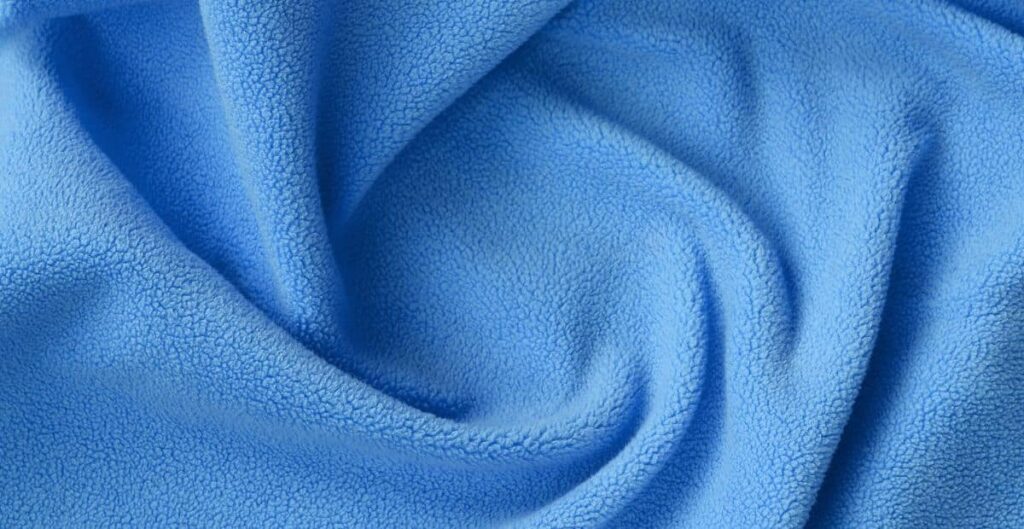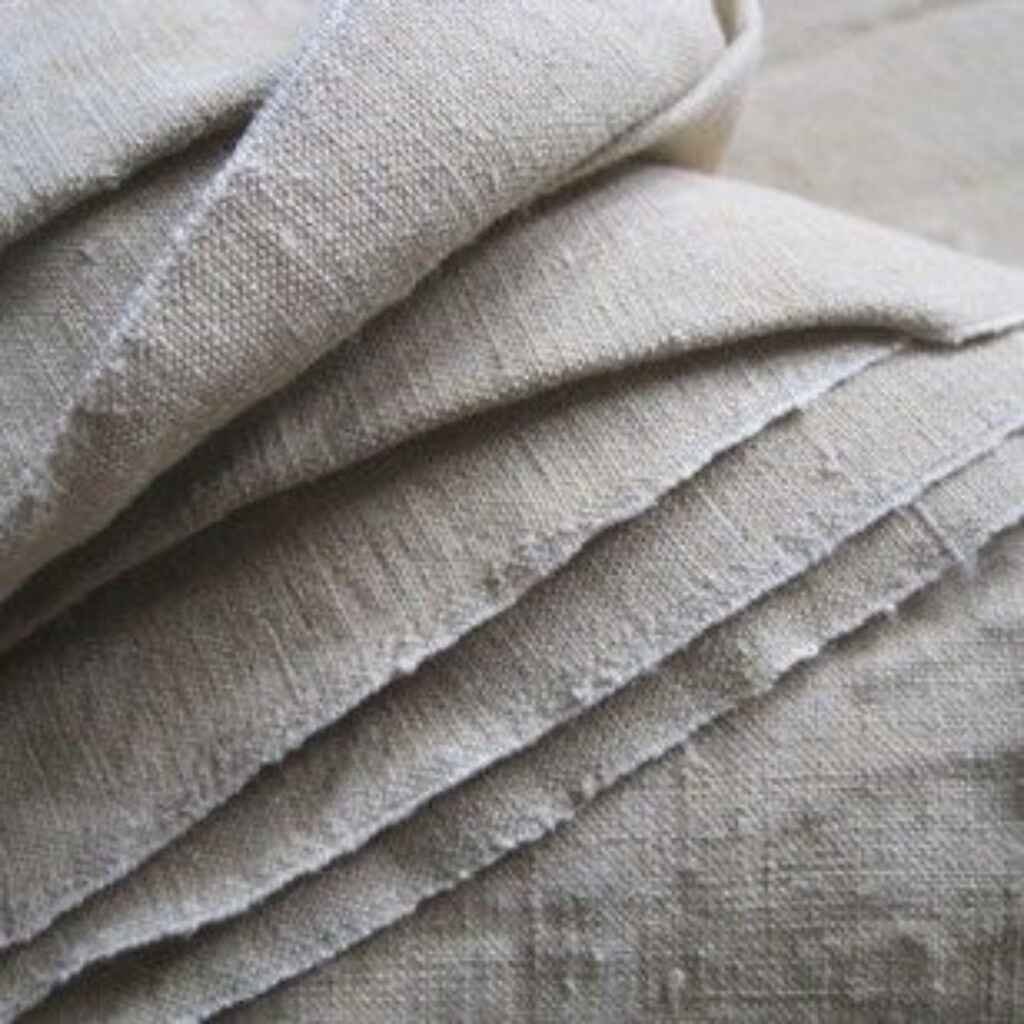Fabrics are very important when considering comfort, durability, and Materials For Hoodies. Whether you are at home relaxing, at the gym, or out and about, the right material works wonders. In this article, we will go over the best types of fabrics for hoodies to help you decide which is most suitable for you. Let’s get started!
Table of contents
- Why Fabric Matters in Matetrials For Hoodies
- 1. Cotton: The Classic Choice
- 2. Polyester: Durable and Versatile
- 3. Fleece: Warm and Cozy
- 4. French Terry: Lightweight and Breathable
- 5. Wool: Natural Warmth
- 6. Bamboo: Eco-Friendly and Soft
- 7. Hemp: Sustainable and Durable
- Which Fabric is the Best Materials for Hoodies in Winter?
- Wool: The Ultimate Natural Insulator and the Best Materials for Hoodies
- Pile-Lined Hoodies: The Peak Comfort You’ll Want to Experience
- What Fabric Should You Choose for a Summer Materials Hoodie?
- Conclusions
- FAQs
Why Fabric Matters in Matetrials For Hoodies
A hoodie’s fabric impacts its feel, shape retention, and longevity, as well as its functioning in extreme weather. For example, lightweight fabrics are well suited for the summer while thicker materials provide warmth during the winter. Also, proper fabrics allow for moisture-wicking, breathability, and protection.
Selecting the most appropriate materials for a hoodie goes beyond just comfort; it’s about achieving the optimal blend of style and function. Here are the most common fabrics used in hoodies and their advantages.
1. Cotton: The Classic Choice
Hoodies made of cotton material are the most common nowadys and why not? They are very soft to wear, comfortable, breathable, and gentle on the skin. Hoodies made out of cotton material are greatly suited for daily usage.
In addition, cotton comes from plant fibers making himiperclenic and appropriate for those with sensitive skin. On top of that, it is extremely strong, meaning the hodie material will last many years if taken care of. On the other hand, pure cotton can shrink after washing, averting optians needd blends or pre shrunk options.

Best For: Casual Outfits, light weight material hoodies jackets, and sensitive skin.
2. Polyester: Durable and Versatile
Most people identify polyester as a synthetic fabric with great resistance to wrinkles and shrinking while being durable. It is commonly blended with other materials to improve the hoodie’s performance. For instance, blends of polyester are great for exercise because they are very good at removing perspiration.
Moreover, polyester hoodies are lightweight and easy to maintain. They dry easily, keep their shape, and are breathable. However, people often prefer blends because 100% polyester breathes less effectively than natural fabric

Best For: Sports, outdoor activities, and material hoodies that require moisture wicking.
3. Fleece: Warm and Cozy
Fleece is a fuzzy and soft fabric made from polyester, resembling wool, that provides great warmth. Its pliable nature helps trap heat and makes it great for hoodies that are needed during cold weather.
In addition, fleece is lightweight and dries up pretty quickly, which is great for outdoor activities and sports in winter. It resists pilling and is easy to care for. For extra comfort, look for fleeced lined hoodies.

Best For: Winter clothing, outdoor activities, and soft upholstered fitting clothes.
4. French Terry: Lightweight and Breathable
French terry is a knitted fabric with loops on one side and a soft surface on the opposite side. It has a smooth surface on one side and loops on the other, making it especially lightweight. French terry is also breathable and very absorbent, which are all good qualities for a hoodie. The fabric is ideal for transition periods since it offers the perfect balance of warmth for cooler temps.
French terry is also soft and stretchy, which provides great range of motion. The fabric is highly durable and low maintenance, making it a practical option for everyday clothing.

Ideal For: Casual spring and fall hoodies, light comfort, and everyday wear
5. Wool: Natural Warmth
Wool is one of the many materials that have a fiber that is both warm and insulating. It works great for cold climate_Hoodies. Moisture-wicking and warm, woolen hoodies are comfortable to wear.
Furthermore, wool’s inherent odor-resistance makes it a preferable garment for longer durations. Although some attribute itchiness to unpacked wool, blends and merino wool, which is softer, are more suitable for most people.

Ideal for: Winter onboard hoodies, outdoor expeditions, and natural insulative needs
6. Bamboo: Eco-Friendly and Soft
The increasing use of bamboo fabric is mainly due to its eco-friendly characteristics as well as its soft texture. Since its made from biodegradable and sustainable bamboo pulp, it is bamboo’s hoodie. The incredibly soft feel of these hoodies makes them feel luxurious against the skin.
Moreover, bamboo fabric is an excellent choice for improved comfort due to its breathability, moisture-wicking, and natural antibacterial properties. Although, bamboo hoodies might cost more than other alternatives.

Best For: Customers who care about the environment, and desire a comfortable and breathable Materials for hoodies.
7. Hemp: Sustainable and Durable
Hemp is another environmentally sustainable fabric that has strength and is also breathable. It’s made from the fibers of the hemp plant which does not need much water or pesticides for growth. Hemp hoodies are mold resistant, strong, durable, and also resistant to UV rays.
Moreover, with each wash, hemp fabric gets softer and softer which increases comfort over time. It is also antimicrobial and hypoallergenic. Initially, hemp hoodies can be a little rough but over time they do soften up.

Best For: Eco-friendly fashion, long lasting hoodies, and hiking apparel
Which Fabric is the Best Materials for Hoodies in Winter?
Selecting the perfect Materials for winter hoodies is crucial, especially when it comes to comfort. The ideal materials on a hoodie should be breathable as well as insulative. Pile, fleece, and wool remain the best fabrics for a winter hoodie. Together these fabrics trap body heat, wick sweat and moisture, and provide exceptional comfort throughout the winter. Let’s see why these aere the best option for winter wear.
Fleece: Lightweight Materials for hoodies with Excellent Insulation
Fleece is one of the best materials for hoodies in winter simply because it is extremely warm for its thickness. This synthetic material is much more breathable than wool which means it is less prone to overheating. It provides excellent insulation when worn since fleece traps heat. In addition to that, fleece hoodies are also water resistant and dry quickly, making them perfect for the winter and cold wet weather.
In addition, it is always more comfortable when the fleece fabric hoodie does not feel heavy. Frosted fleece, which is more expensive, is more comfortable because it allows for easier movement. Essential for outdoor enthusiasts, fleece hoodies are perfect for providing warmth while also allowing the freedom needed for active movement.
Wool: The Ultimate Natural Insulator and the Best Materials for Hoodies
Wool is another amazing materials for hoodies in winter. This fiber that occurs naturally, has served its purpose of providing warmth for hundreds of years. Unlike synthetic fabrics, wool is able to keep a constant body temperature, meaning that it can warm you without overheating you. Wool hoodies are very helpful during extreme cold weather.
In addition, wool is moisture-wicking and odor resistant. Wool absorbs sweat while allowing it to evaporate, thereby keeping you dry. This feature makes wool hoodies great for winter sports, outdoor activities, and everyday use. Of course, wool is not as soft as fleece, but the finest types like merino wool are incredibly soft. Wool is an excellent choice for a high-end, long-lasting winter hoodie.
Pile-Lined Hoodies: The Peak Comfort You’ll Want to Experience
For extreme cold, pile-lined hoodies stand out among the best materials for hoodies. Pile is a thick soft and fluffy fabric which is made to keep a person warm. It combines the heat-retaining properties of wool with a softer and more pleasant touch than just a woolen hoodie. Many winter hoodies particularly have the interior and hood lined with pile to make the garment as warm as possible.
Pile-lined hoodies are the best insulators for chilly weather, making these hoodies great for outdoor projects, travel in the winter months, or even sitting warm and cozy indoors. The only downside is that these hoodies are heavier than fleece or wool hoodies. If you need a hoodie that’s super warm and cozy on a cold day, you should opt for the pile lined hoodie.
The Best Materials For Winter Hoodies
Some of the best materials for winter hoodies come from blended fabrics. Amalgamates of traditional fleece and polyester shine in the winter season. The softness of cotton, the durability of polyester, and the heat-retaining fleece come together in a blissful triple fusion. Many thermal hoodies use a dual-layer fabric, where the interior keeps the heat trapped inside and the exterior protects against cold winds.
These blended hoodies allow for great freedom and comfort, making them ideal for layering up, or wearing on their grim cold days. If you prefer a hoodie that changes with the weather, we advise going with a thermal blend.
What Fabric Should You Choose for a Summer Materials Hoodie?
Hoodies can be worn any time of the year. However, if you intend to wear them during summer, it is crucial to pick the right fabric. The key is to breathable materials that are light in weight. When it comes to summer hoodies, cotton, French Terry, and bamboo work best. Let’s explore why these materials are perfect for summer.
Summer Hoodies: Why Cotton is the Best Materials for Hoodies?
Cotton is one of the best materials for warm-weather hoodies in summer. This fabric is soft, lightweight and known for its high breathability. It allows air circulation which means you won’t get overheated. Those living in warmer climates can benefit from cotton hoodies as the material absorbs sweat and dries off quickly.
Cotton also has its benefits in terms of fashion. This material can be used for layering or wearing out casually. Many summer hoodies usually feature thin, combed cotton for enhanced breathability. If you are looking for comfort during the hot summer months, then hoodies made of cotton are your best bet.
Bamboo: The Eco-Friendly Cooling Fabric and the Best Materials for Hoodies
Bamboo fabric is gaining traction particularly because it is one of the best fabrics for summer hoodies. This environmentally-friendly, moisture-wicking hoodie fabric is ideal for hot summer days. In addition, bamboo hoodies are softer than cotton and are naturally antibacterial and hypoallergenic.
What sets bamboo apart is its temperature-regulating ability. It retains the heat and cools the body when needed, adapts to the body temperature of its user. Above all, bamboo hoodies actually feel very silky and soft on the skin – perfect for people who have sensitive skin. Hence, for those who prefer a stylish and eco-friendly, breathable hoodie, bamboo is the way to go.
French Terry: The Lightweight Performance Fabric
French terry fabric is among the best fabric types for hoodies in summer, too. Specifically, it is a type of knit fabric made from cotton, featuring loops on the inside and a smooth surface on the outside. As a result, this unique construction provides both breathability and moisture absorption, making it an excellent choice for warm weather. Moreover, its lightweight nature ensures maximum comfort, allowing you to stay cool throughout the day. Overall, if you’re looking for a versatile and stylish summer hoodie, French terry is a fantastic option.French terry is also very breathable and moisture-wicking.
French terry has all the flexibility and designed purposely for French hoody, moreover it lets sweat escape while also being lightweight, absorbent, and soft. Unlike fleece which is warm and much thicker than french terry; it is ideal for exercising or lounging during the summer. Terry hoodies give the best of comfort and practicality. French terry hoodies are a must have for anyone looking to be on top of the fashion while staying comfortable.
Jersey Knit: The Lightweight Go-To Option
This stretchy fabric, jersey knit, is great for summer light wear hoodies as it is also widely used in t shirts. Jersey knit also works best with hoodies because it is soft, light and allows air to flow in. It is arguably the best choice of fabric for summer light wear hoodies.
Jersey hoodies are great for the gym or when relaxing at home. They are perfect for lounging and exercising with the right amount of coverage without being too hot. When you want a hoodie that feels like an oversized tee, reach for the jersey knit’s.
Moisture-Wicking Synthetic Blends: The Best for Activewear
Moisture-thickening polyester blend hoodies are great for someone always on the go. As a result, they are one of the best options for summer. Not only do these hoodies provide comfort, but they also enhance performance. They are perfect for your summer-intensive workouts because they effectively eject bodily sweat from the skin, keeping you dry and fresh.
Moreover, blended polyester is lightweight, strong, and quick-drying. Therefore, it is well suited for running, hiking, or any outdoor sports. In addition, these hoodies are highly durable, making them a long-lasting investment for active individuals. Ultimately, if you need a breathable and moisture-wicking hoodie, a polyester blend is a fantastic choice for summer.If you want a hoodie that gives you freedom of movement while keeping you comfortable, choose a blend that wicks moisture.
Conclusions
The ideal material for your hoodie is dictated by your specific requirements. Whether warmth, breathability, durability, or eco-friendliness are your priorities, there is the best choice of hoodie fabric for you. Make the right choice and enjoy ultimate comfort with the zest of style!
FAQs
Cotton, bamboo, and fleece are among the most comfortable hoodie fabrics.
Luxury brands often use cashmere, merino wool, and premium cotton blends.
Polyester and polyester blends are the most durable and resistant to wear and tear.



It’s interesting how cotton can be perfect for both hot and cooler weather, but I wonder how it compares to other materials like bamboo or fleece in terms of breathability and warmth. What are your thoughts?
It’s interesting how many options there are when choosing a hoodie fabric! I never thought about how wool can be such a great insulator for winter. I’ve always stuck to cotton, but now I’m curious to try something more eco-friendly like bamboo.
I never considered bamboo as an option for hoodies, but it sounds like a great eco-friendly choice. I wonder how it compares to cotton in terms of softness and durability?
I love that you touched on the different fabrics for different seasons. I always struggle with which hoodie to wear in winter vs. summer.
Loved the fabric comparison! It’d be great to also look at how these materials hold up after repeated washes—durability often makes or breaks a favorite hoodie over time.
Really appreciated how this post highlights different hoodie materials depending on use—especially for activewear vs. lounging. It made me rethink my fabric choices and how much the right material can impact both comfort and durability.
Loved the way you broke down fabric choices for hoodies! I’m curious — are cotton-polyester blends a good middle ground for people looking for both softness and better durability? Would be great to hear your thoughts on how blends stack up against pure fabrics.